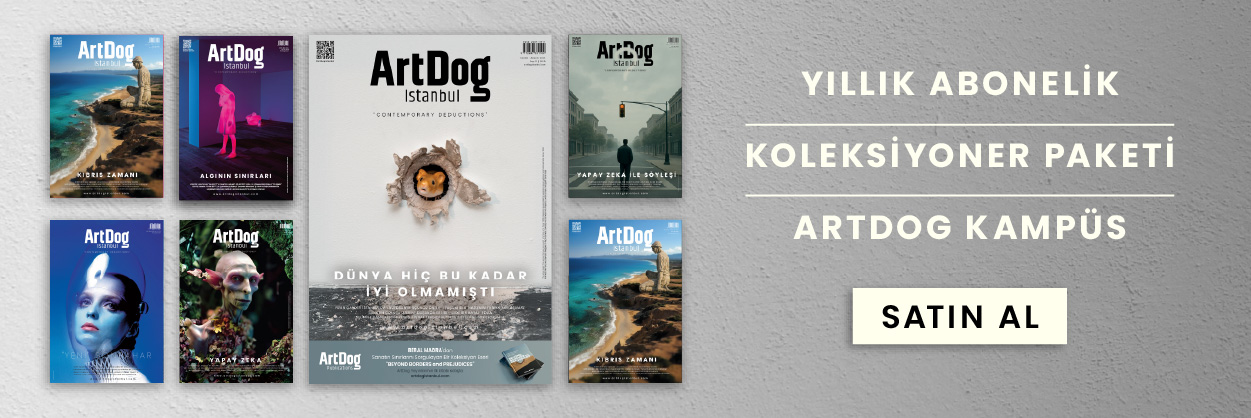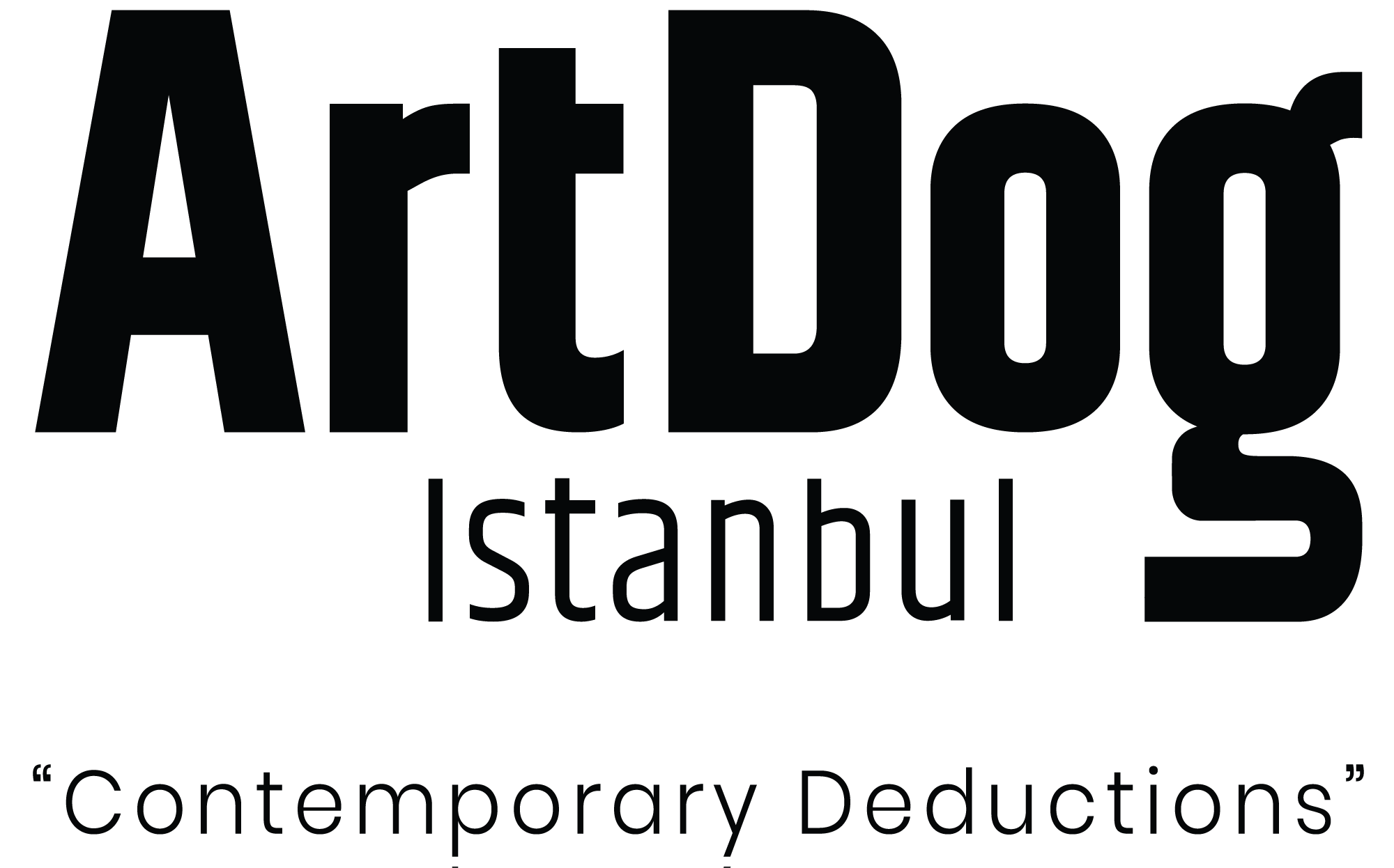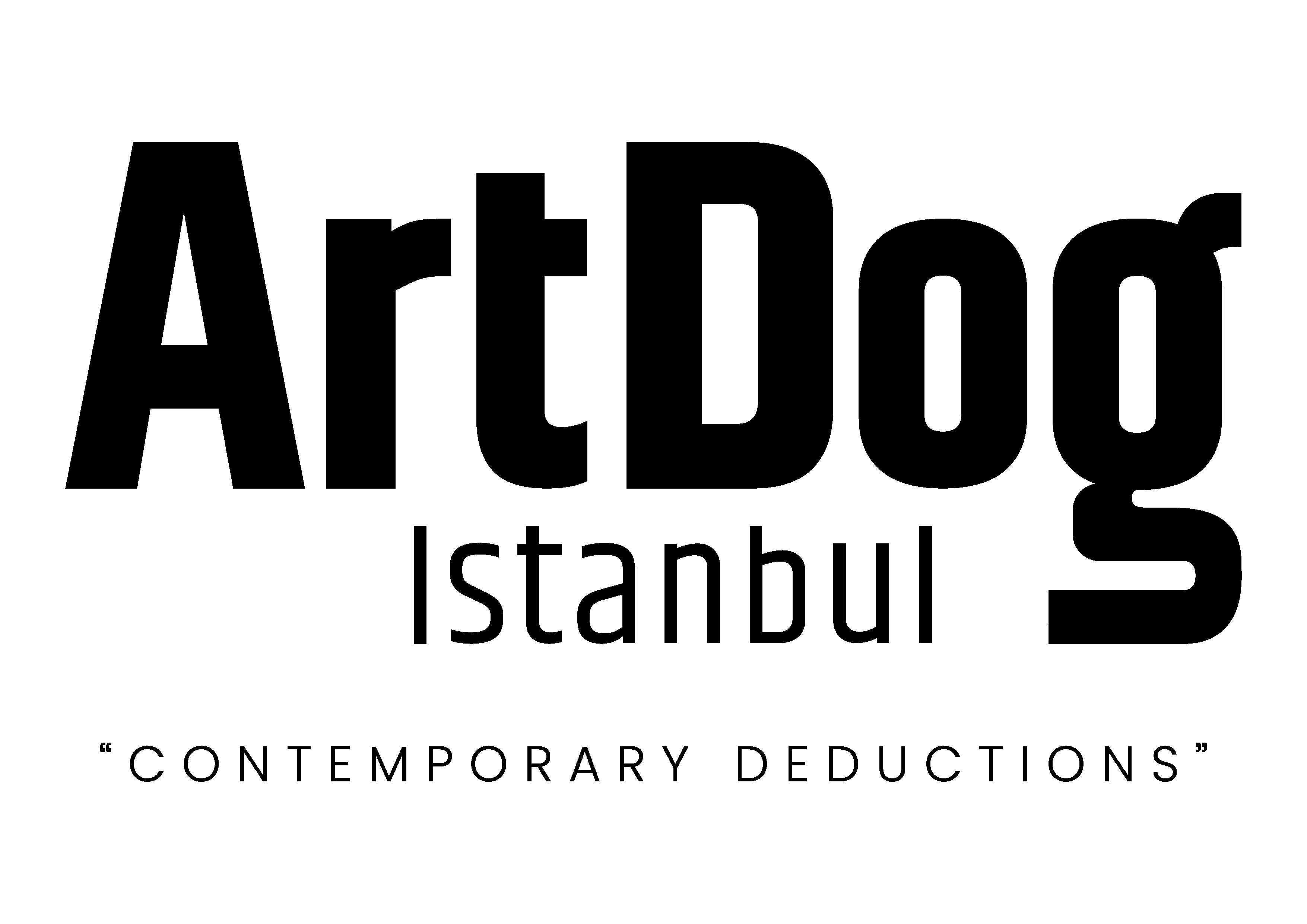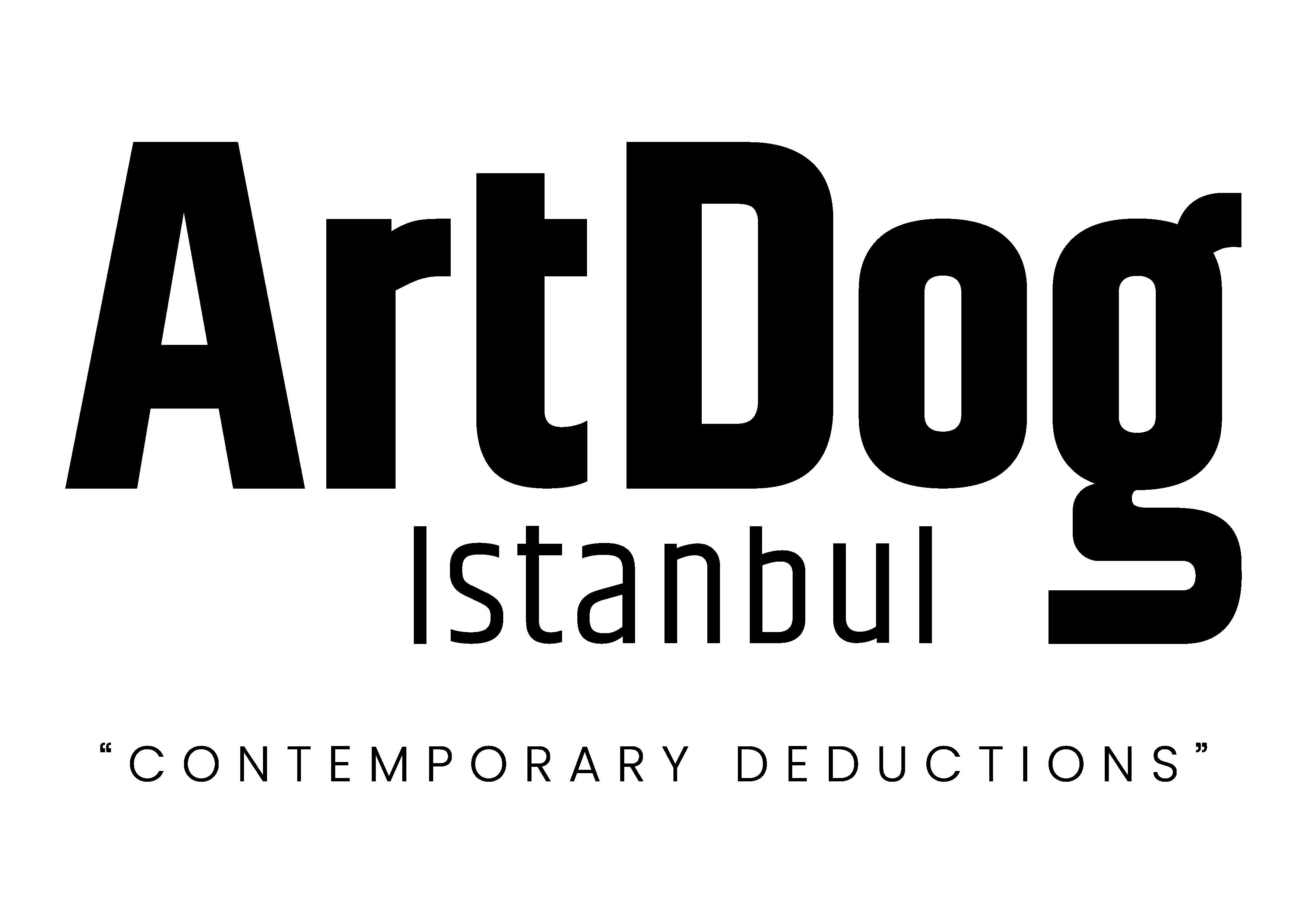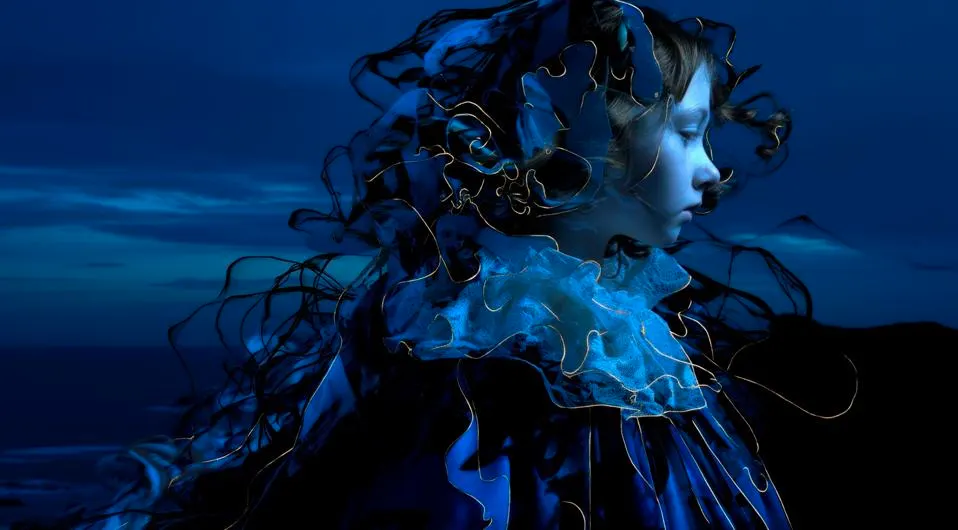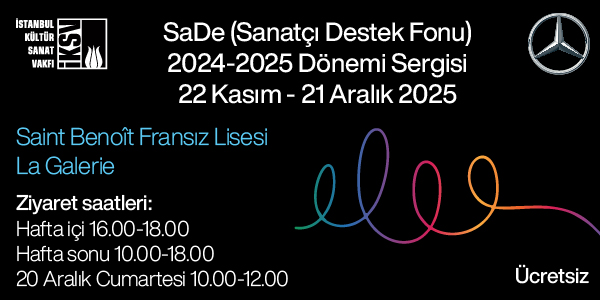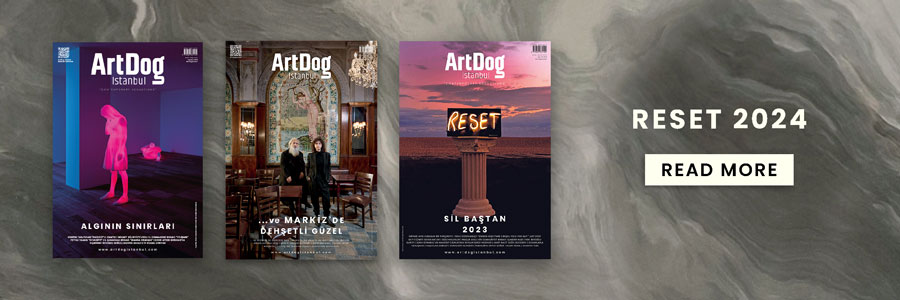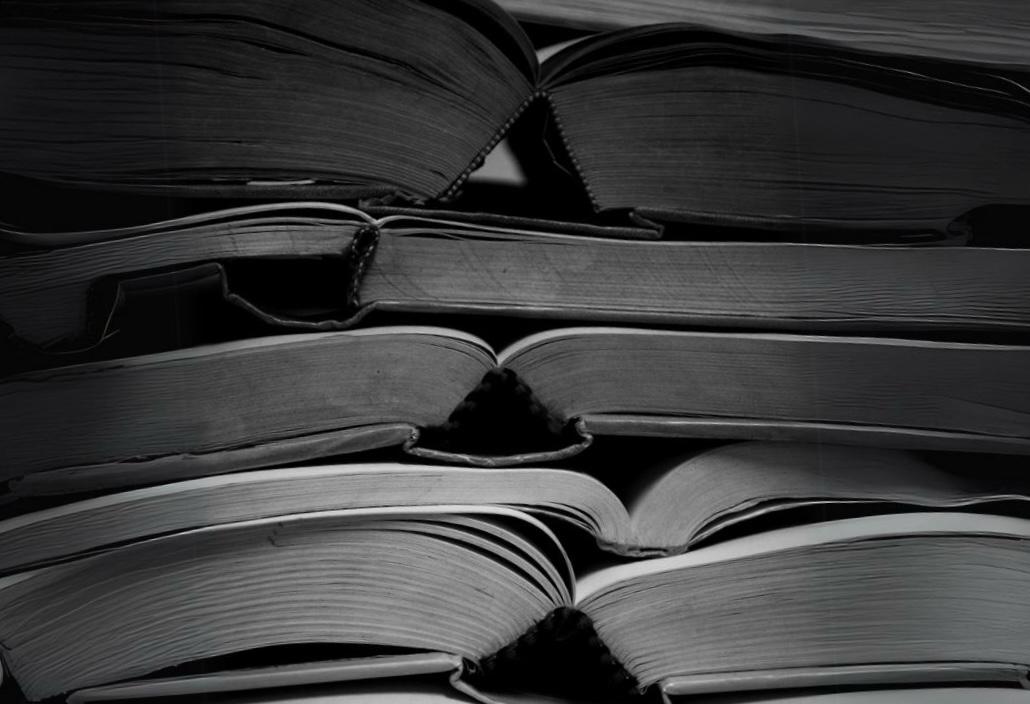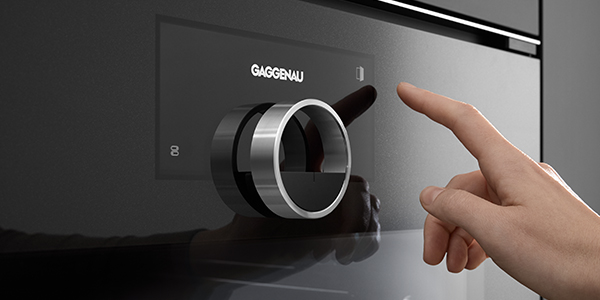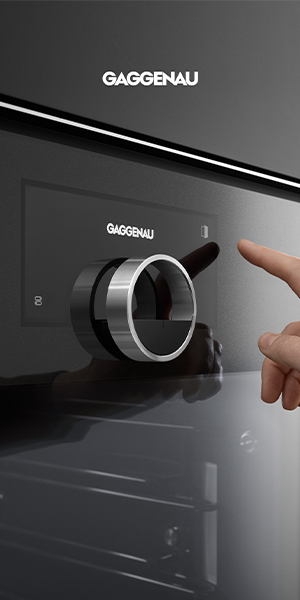Thousands of artists call on Christie’s to cancel its planned sale of AI-generated artwork, arguing that the technology used constitutes “mass theft.”
Christie’s describes the Augmented Intelligence auction as the first AI-focused sale by a major auction house. It features 20 pieces priced between $10,000 and $250,000, including works by Refik Anadol and the late AI art pioneer Harold Cohen.
A petition urging the auction’s cancellation has garnered 3,000 signatures, including those of artists Karla Ortiz and Kelly McKernan. They are suing AI companies for allegedly using their work without consent in image-generation tools.
The letter states: “Many of the artworks in this auction were created using AI models trained on copyrighted works without authorization. These models, and the companies behind them, exploit human artists by using their work without permission or compensation to develop commercial AI products that compete with them.”
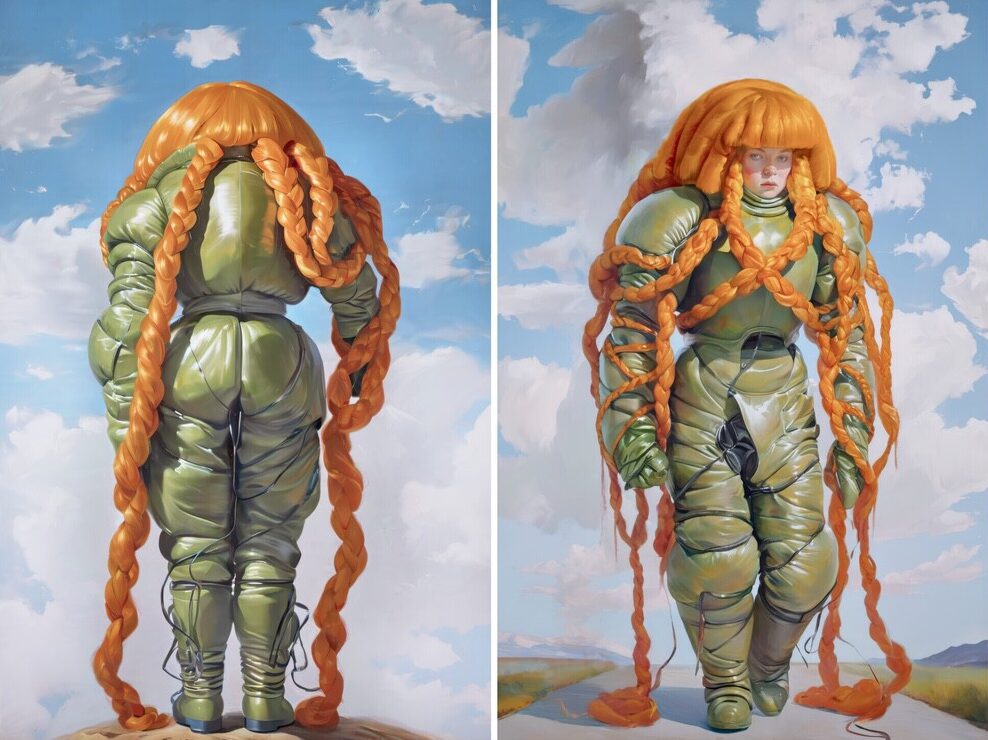
(B. 1984) (xhairymutantx series)
Christie’s and Artists’ Response
In response to the criticism, Christie’s said that the AI models artists use to create works are often based on data sets fed by their own work. Nicole Sales Giles, Christie’s head of digital art, said that the connection of artificial intelligence to art will become increasingly important and that the Augmented Intelligence auction is one of the critical milestones in this context.
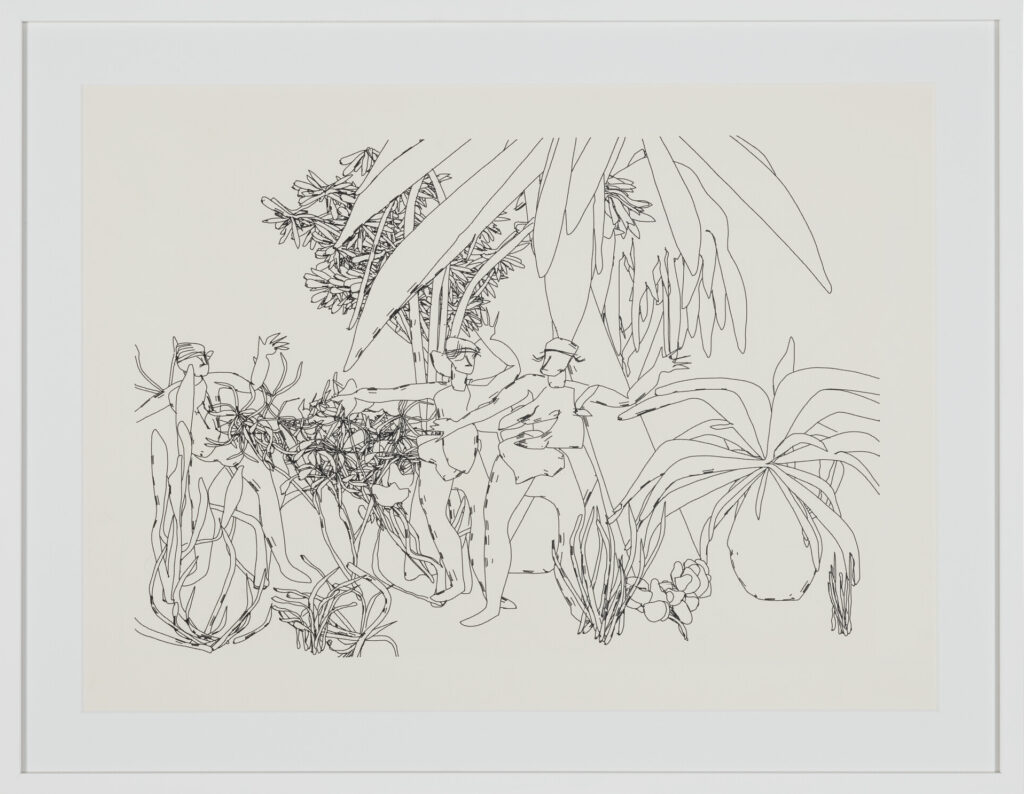
The auction includes works by AI art pioneer Harold Cohen and digital artist Refik Anadol. Anadol transformed more than 200 works at the Museum of Modern Art in New York by interpreting them with artificial intelligence. His work, which will be sold at Christie’s auction, is part of the Machine Hallucinations series he created by combining images from NASA’s Mars Reconnaissance Satellite with AI.
Refik Anadol responded to the reactions with a post on the X platform, describing the criticism of AI art as “lazy critic practices and disaster-mongering hysteria”. The artist stated that he sees AI technology as an extension of creativity and will continue to innovate in this field.
Mat Dryhurst, one of the other artists included in the auction, argued that the discussion on AI and art is focused in the wrong direction and said, “This discussion should be about technology companies and government policies, not AI artists.”
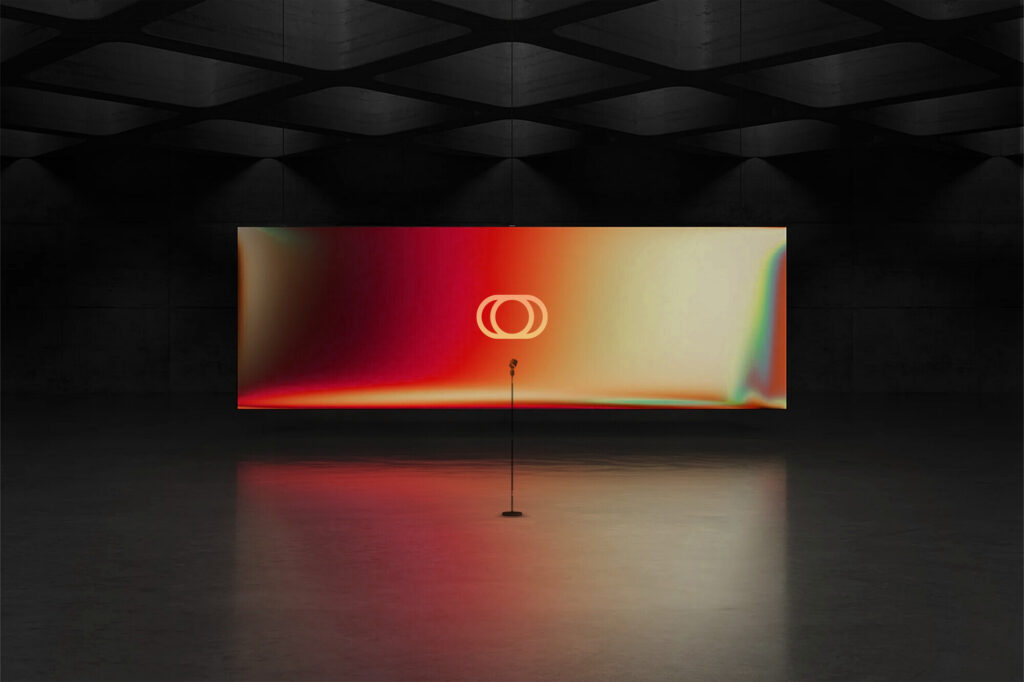
AI-powered poetry and sculptures are also included in the auction. Artist Sasha Stiles’ “AI poetry sculpture”, designed by combining his handwriting with machine language, stands out as a sharp synthesis of digital and traditional art.
Artificial Intelligence in Art: Future or Threat?
This event has reignited the growing ethical debate about the use of AI in the art world. Is AI-powered art an innovation or a threat through the unauthorized use of artists’ labor? The Christie’s auction continues to divide the art world in search of answers to these questions.

